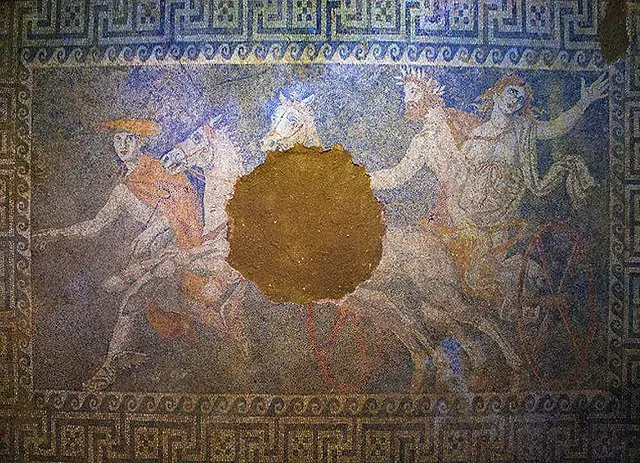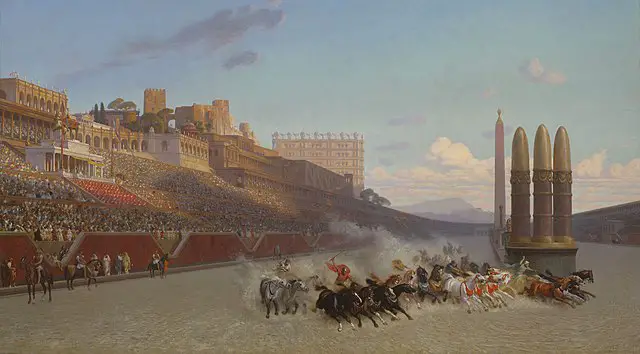
| Further Reading | The Cost to Attend Gladiator Fights in Ancient Rome |
If you walk up to a random person on the street today and ask what the most popular Roman sport was chances are they would say gladiatorial fights in the Roman arenas. However, this is wrong. The most popular sport by far in ancient Rome was chariot races. These brutal races would have drawn crowds of around 150,000 people and cost nothing for the Roman people to attend!
Generally speaking, the chariot races of ancient Rome stand out due to 5 facts. First, chariot racing in Rome is far older than gladiatorial fights. Second, chariot racing itself was an extremely brutal sport that the Romans loved. Third, the Roman chariot races served a religious purpose and allowed Roman priests to commune with their gods. Fourth, the winning Roman chariot racer could win prizes up to 60,000 sesterces or about $30,000 of today’s money. Fifth, Roman chariot racing produced some of the world’s earliest celebrity athletes.
Here at The History Ace, I strive to publish the best history articles on the internet. If you enjoyed this article then consider subscribing to the free newsletter and sharing around the web.
Without further ado, here are 5 facts about Roman chariot racing.
Fact 1: Chariot Racing is Far Older Then Roman Gladitoral Fights
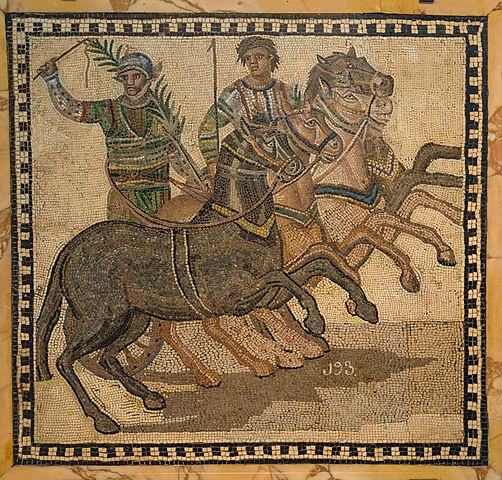
When people think of ancient Roman sports they think that the most popular one was the Roman gladiator fights. This is often a misconception because of famous movies of the 21st century or romanticized books about Roman gladiators.
In reality, the most popular sport and the oldest was the Roman chariot race. Roman chariot races started during the regal period of Rome around 753-509 BC. During this time period the chariot racing grounds in Rome, the Circus Maximus, was just a flat piece of flood land that was used to race horses and make bets.
Gladiator fights, on the other hand, didn’t start until around the 5th century BC during the height of the Etruscan civilization (Rome’s neighbor). The ancient historian Nicolaus of Damascus wrote that the gladiatorial games of Rome came from this Etruscan Civilisation. In the year 264 BC this Etruscan civilization was finally overthrown by Rome and its culture assimilated into Rome’s own culture.
The earliest gladitorial games in Rome were held around 300 BC. Chariot races on the other hand were being held as early as 700 BC! This makes the chariot races about 400 years older than the gladiatorial games.
Fact 2: Chariot Racing Was an Extremely Brutal Sport That the Romans Loved
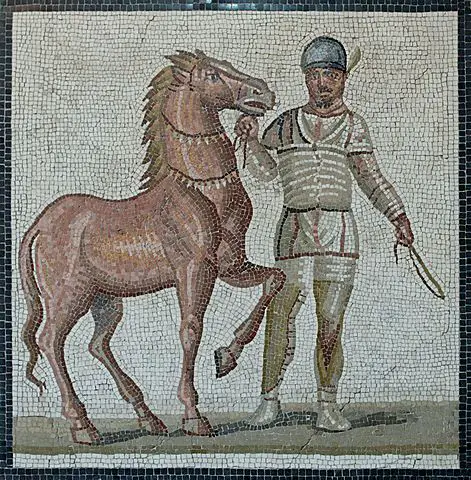
When it comes down to sports the Roman people loved brutal ones that could harm the athlete. While many people think that the gladiatorial fights were brutal they paled in comparison to chariot races.
In the chariot races the chariot driver not only held the horse’s reigns in their hands but also were tied to the horses by ropes around their waist. This allowed them to lean on the chariot and make tighter turns with the horses. Further, since one of their hands was freed this allowed them to carry a whip to either strike the horses or more importantly other riders.
If you saw one of these chariot races for your self you would see upwards of 25 chariots on a small strip of land. Each of these chariots had multiple horses who had their ropes tied in all sorts of ways to the chariot rider. While this allowed the chariot driver to easily steer and maneuver the chariot around the tight corners of the circus it also mean that if they fell they would be either ripped in half, dragged around, or trampled by their own horses or other chariots.
To help prevent this the chariot driver had a sharp knife attached to their hip. Should their chariot fall or break they would attempt to cut all the ropes attached to them and then dodge the chariots on the circus while they made a break to safety.
As you might imagine, this was not always the case. The Roman people loved attending these games and the Circus Maximus in Rome was built to house around 150,000 people to watch these races. Upwards of 25 chariots would be put in the starting gate and when the signal was given they would take off.
The circus was an oval and at the end of each side, all 25 chariots would attempt to steer around the corner at the same time. This often would lead to several chariots crashing into each other, the riders attacking each other, or horses being knocked over.
Chariot racing in ancient Rome was brutal and the Roman people loved it.
Fact 3: Roman Chariot Racing Allowed Was a Religious Ritual
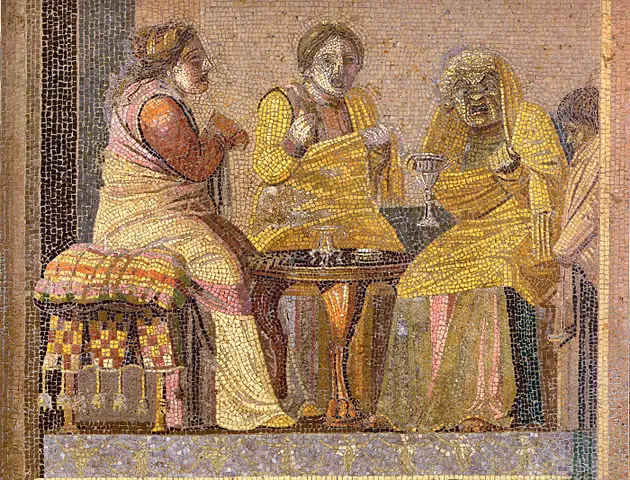
One of the most interesting part about the Roman chariot races was that they were a religious ritual that helped to reinforce the Roman pantheon of gods.
Chariot racing was seen as a devout act and many people who were chariot racers were free Roman people who were partaking to demonstrate their loyalty to the Roman religion. The Roman chariots would circle around a giant oval during the race. In the center of this oval often was the iconography of the Roman gods. Often these gods were given special seats where images of them were laid out to demonstrate that they too were here at the games with the Roman people.
Further, most times before a Roman chariot race there was often a parade of Roman iconography and the chariot racers. This parade was called the Pompa circensis and it would display several things such as the meaning behind the chariot race, the specific gods the race was dedicated to, and the past winners of the race who had earned their fame. Involved in this procession were the current chariot racers who often would decorate their chariots with additional iconography to protect them and give good luck.
The winner of the chariot race would have their name inscribed on the list of winners who would be celebrated in this procession the next time the race was held. As such the Roman chariot races can be seen as a religious festival and ritual!
Fact 4: Roman Chariot Racers Could Win Upwards of 60,000 Sesterces or $30,000 Every Race
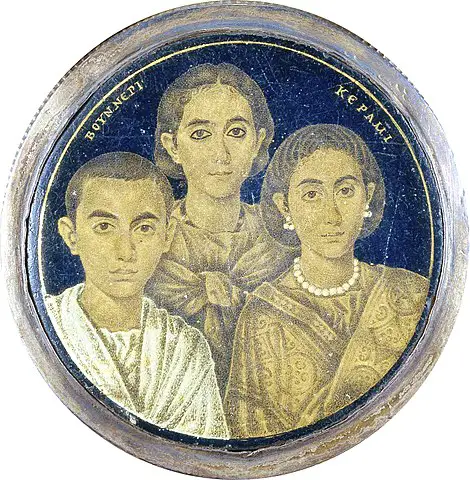
Much like today, a world-class athlete in Rome could make a substantial amount of money. This was because of two reasons.
First, a Roman chariot racer would have been given a large prize at the end of the race if they won. This prize was given by the race sponsor, often from the Senatorial families, during the Republic. During the Empire, this prize would have been handed out by the Emperor themselves!
There were prizes for first, second, third, and fourth place. Upwards of 25 riders would all compete to get one of these prizes for themselves. The prize for first place however was by far the largest.
The first-place rider of a Roman chariot race would receive upwards of 60,000 sesterces! This is equivalent to around $30,000 today! Most Roman citizens were broke and handed almost no money to their name. If they were given a lump sum of 60,000 sesterces by the Roman Senente or Emperor that would allow them to buy land and retire as part of the gentry class of Rome.
As you might imagine this heavily incentivised people to become chariot racers. Many people saw this as one of the few ways that they could get ahead in life. As such they were willing to engage in one of the most deadly sports the world has ever seen, Roman chariot racing.
While most Roman chariot racers would never win the ones who did instantly would become one of the wealthiest people in the city of Rome. As such, the best Roman chariot racers would win multiple races and become so wealthy that they were richer than some of the lowest senators!
Fact 5: Roman Chariot Racing Produced Some of the World’s Earliest Celebrity Athletes
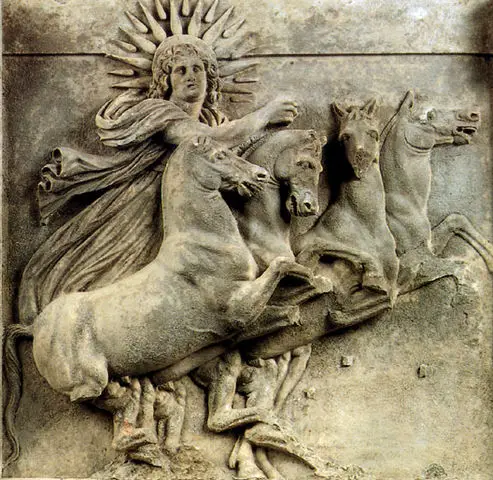
The Roman people loved chariot racing and would often follow the sport much like people today follow professional sports. On top of this, the Roman people also loved to gamble. These two combinations made the perfect environment for celebrity characters and horses.
Extensive notes were taken after each race. Stuff such as who the winning rider was, their performance during the race, how they handled under pressure, and the specific type of horse they used were all documented.
The Roman people would follow these riders and horses constantly. The best riders and horses were given an almost celebrity status by the Roman people and would constantly be bet upon at the races. If a rider won enough games then suddenly their fame around the city of Rome would grow. So famous were certain chariot riders that historians have reports of fans throwing themselves on the funeral pyres of a rider after an accident at a race.
What is interesting however is that the official status of a Roman chariot rider was that of a lower class of citizen. Since the charioteer had to work they were often regarded as infame which marked them socially as a Roman citizen who did not have all the protections of a full Roman citizen. This was because those who had to work in ancient Rome were seen as newer citizens who still had to make a name for their family; thus anybody who worked was lower class than a full citizen.
Even with this social class title the best Roman chariot racers and their horses became extremely wealthy. It would not have been uncommon to see a Roman chariot racer who won multiple races to hold large parties in celebration of their wins. This further helped increase the fame of either extremely lucky or extremely good chariot racers in ancient Rome.
As such, one of the coolest facts about chariot racing in ancient Rome was that this was one of the first examples of celebrity athletes!
Conclusion
There you have it; 5 of the most interesting facts about Roman chariot racing!
When most people think about Roman sports they often think about the gladiatorial games in the Colosseum. At its height, the Colosseum could house around 50,000 Roman people. However, this number pales in comparison to the max seating capacity of the largest chariot racing tracks. The Circus Maximus in Rome could house upwards of 150,000 people who would be betting on the game and supporting certain chariot racers!
I hope you enjoyed this article. Here at The History Ace, I strive to publish the best history articles on the internet. If you enjoyed this then feel free to subscribe to the newsletter and share around the internet.
Further, you can check out some of the other articles below.
-
5 Facts About Roman Chariot Racing

From how much money a chariot racer would make to how brutal the sport was here are the 5 most interesting facts about Roman chariot racing!

